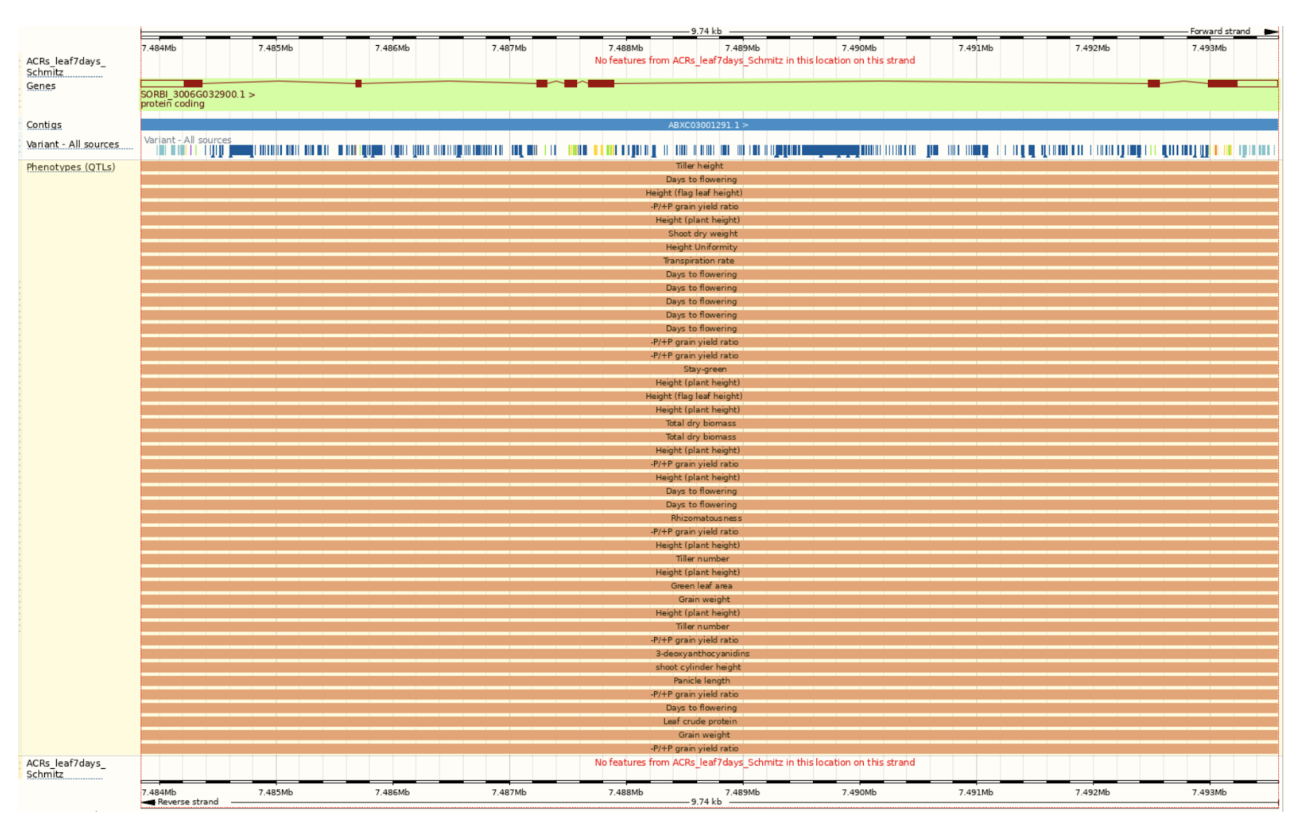Liu et al. evaluated the low-nitrogen tolerance of 100 sorghum genotypes, identifying key morphological, photosynthetic, and metabolic traits that enhance nitrogen efficiency and improve adaptation to nutrient-limited environments.
Keywords: C metabolism, N metabolism, Sorghum bicolor, genotypic variation, low-N tolerance screening, phenotype
Sorghum is a highly nitrogen (N)-efficient C4 crop, incurs up to 15% of its production costs from fertilizer use, emphasizing the importance of optimizing N utilization. To improve sorghum’s performance under N-limited conditions requires detailed evaluation of low-N tolerance. Seedling growth, which is particularly sensitive to environmental stress, provides critical insights in N tolerance. Key indicators such as plant height, shoot and root dry weight, and root morphology are essential for assessing N stress tolerance in sorghum. Scientists from Shenyang Agricultural University and Liaoning Agricultural Vocational and Technical College evaluated these metrics under low-N conditions in 100 sorghum genotypes. Using principal component analysis, Pearson’s correlation, and Y value analysis, they categorized the genotypes into distinct tolerance groups, offering valuable insights for breeding sorghum varieties with enhanced N efficiency. Morphological and photosynthetic adaptations under low-N stress were analyzed by comparing a low-N-tolerant genotype (398B) and a low-N-sensitive genotype (CS3541), with a particular focus on root architecture and leaf structure. Sorghum genotypes with longer roots, such as 398B, exhibited superior N acquisition and biomass accumulation compared to genotypes like CS3541, which exhibited reduced root growth under N deficiency. Photosynthetic efficiency and leaf structure significantly influenced N tolerance, with 398B showing gas exchange and leaf stability. Furthermore, 398B exhibited enhanced carbon (C) and N metabolism, with higher enzyme activities involved in N assimilation and amino acid synthesis. These findings emphasize the role of C/N balance in sorghum’s adaptation to N-limited environments, providing valuable insights for breeding strategies aimed at improving crop productivity in nutrient-poor soils.
SorghumBase example:

Reference:
Liu C, Gu W, Li B, Feng Y, Liu C, Shi X, Zhou Y. Screening key sorghum germplasms for low-nitrogen tolerance at the seedling stage and identifying from the carbon and nitrogen metabolism. Front Plant Sci. 2024 Sep 12;15:1340509. PMID: 39328797. doi: 10.3389/fpls.2024.1340509. Read more